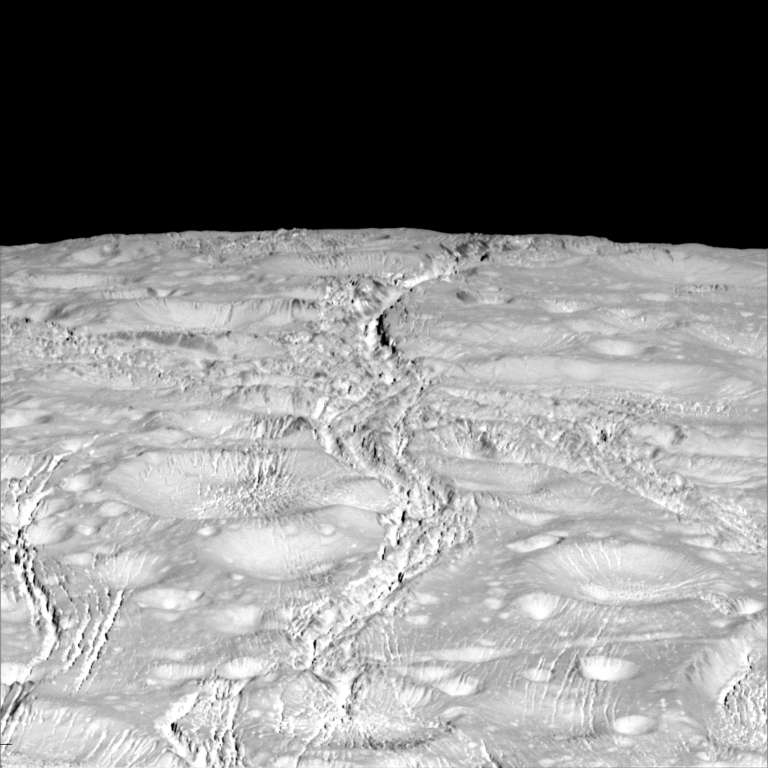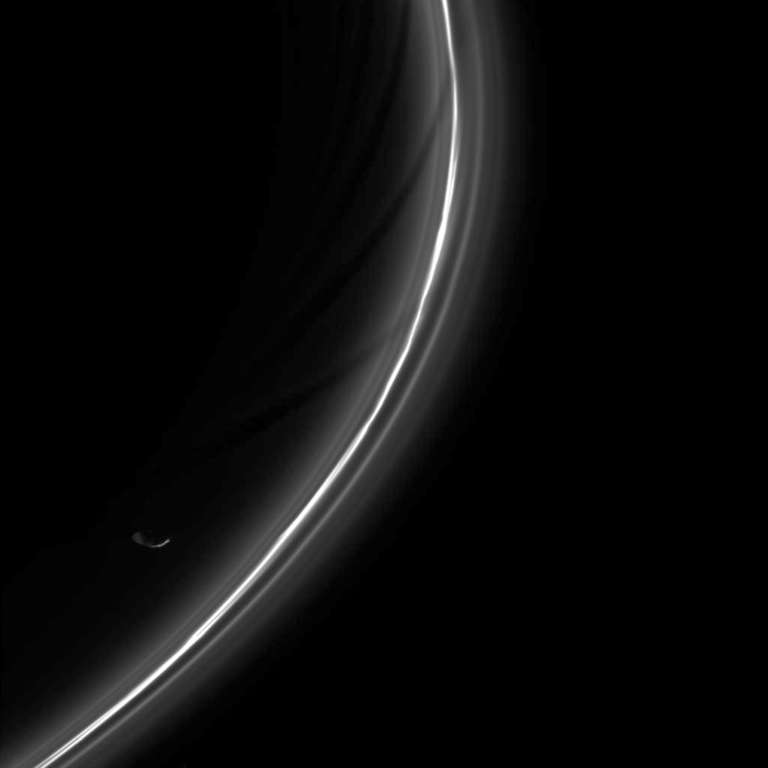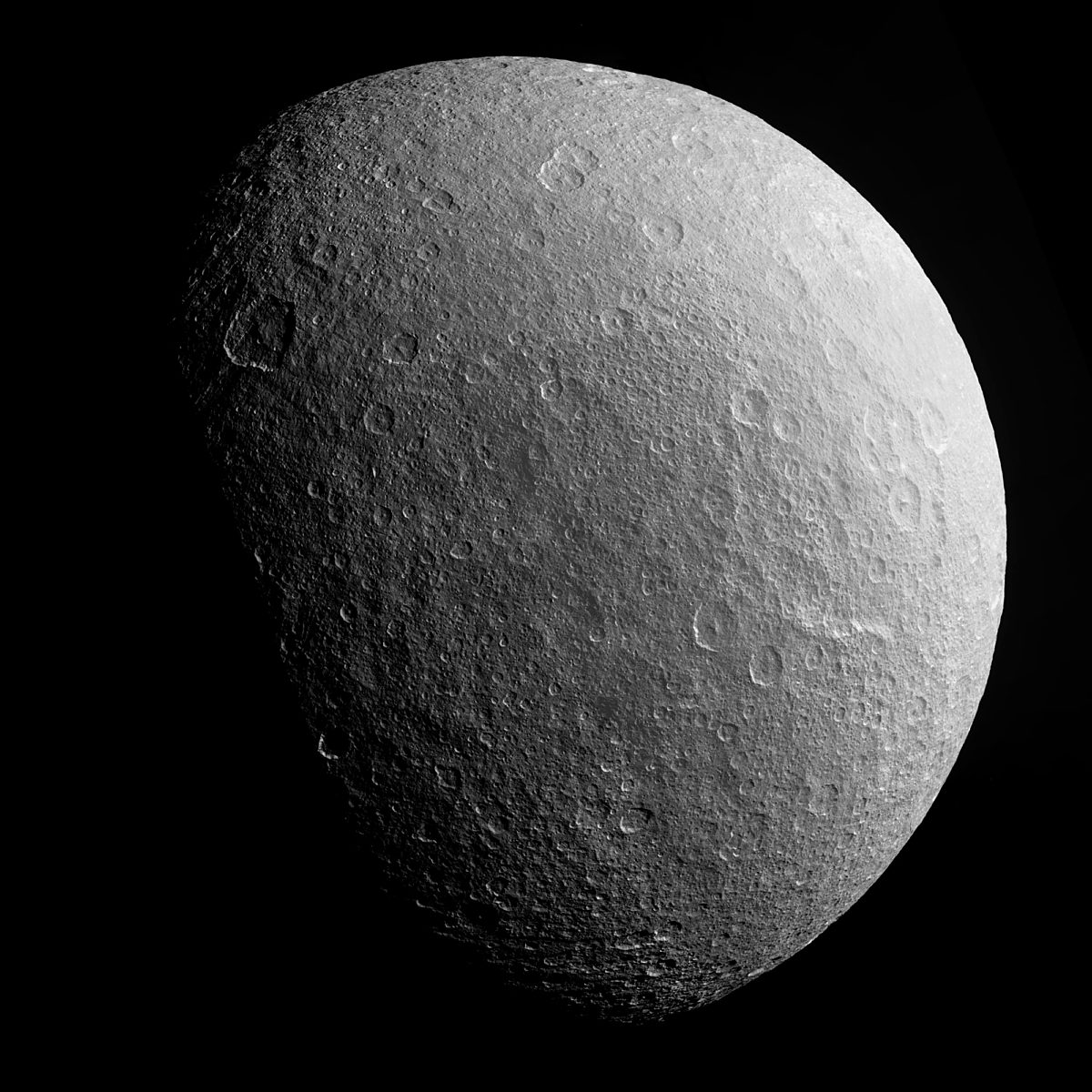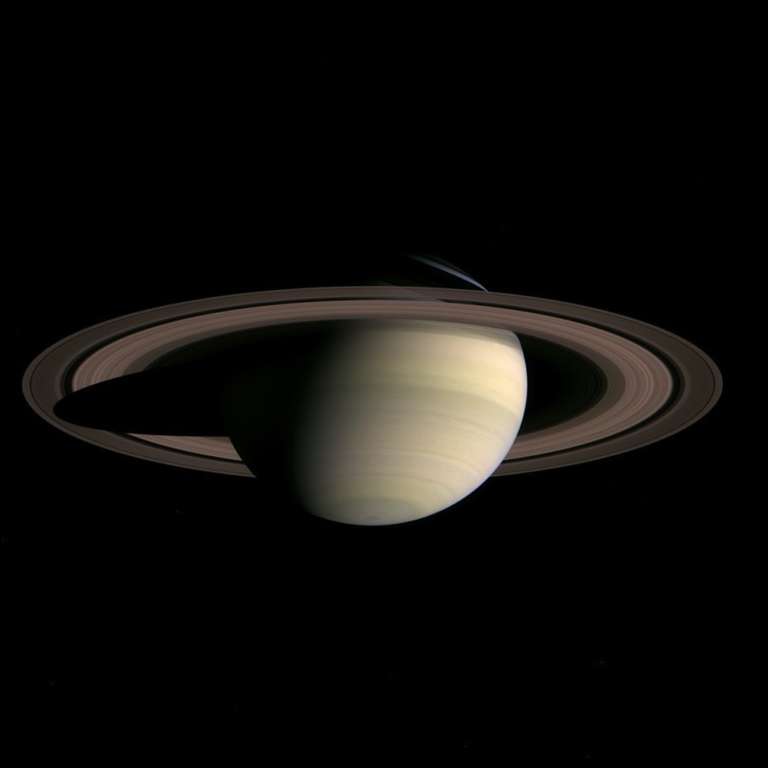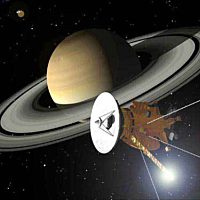All
All
Stories, updates, insights, and original analysis from The Planetary Society.
Filling in the Enceladus map: Cassini's 20th flyby
A couple of days ago, Cassini flew past Enceladus for its 20th targeted encounter. Cassini has seen and photographed quite a lot of Enceladus before, but there's still new terrain for it to cover.
IceBreaker: The Search for Life on Mars
The IceBreaker mission, proposed to NASA's Discovery program for low-cost missions, would seek out life on the northern plains of Mars.
Looking back at Pluto
I don't think anyone was prepared for the beauty -- or the instant scientific discoveries -- in this
A few gems from the latest Cassini image data release
I checked out the latest public image release from Cassini and found an awesome panorama across Saturn's rings, as well as some pretty views looking over Titan's north pole.
Pretty Cassini pictures: animation of Iapetus' north pole, and other fun
Now that Cassini has returned to Saturn's equatorial plane, it has lots of opportunities to observe Saturn's moons. For about a week, Cassini has been taking regular sets of images of Iapetus, which I've assembled into an animation.
Ceres Gets Real; Pluto Lurks
Although we are still along way from understanding this fascinating little body, Ceres is finally becoming a real planet with recognizable features! And that's kinda cool.
Four Ideas to Bust the Floor on Outer Planet Mission Costs
The road to lower costs outer planet missions has been paved by NASA’s first two New Frontiers missions, the $700M New Horizons mission to Pluto and the $1.1B Juno mission to Jupiter. But can the cost of a mission to the outer solar system be cut to $450M, the limit for a Discovery mission?
LPSC 2015: Aeolian Processes on Mars and Titan
Planetary scientist Nathan Bridges reports on results from the Lunar and Planetary Science Conference about the action of wind on the surfaces of Mars and Titan.
Prometheus, Pandora, and the braided F ring in motion
Cassini recently took a long, high-resolution movie of the F ring, catching a view of its ringlets, clumps, and streamers, and two potato-shaped moons, Prometheus and Pandora.
A Sky Full of Stars
In pictures of the planets, the stars aren't usually visible. But when they do appear, they're spectacular.
At last, Ceres is a geological world
I've been resisting all urges to speculate on what kinds of geological features are present on Ceres, until now. Finally, Dawn has gotten close enough that the pictures it has returned show geology: bright spots, flat-floored craters, and enigmatic grooves.
Cassini begins a year of icy moon encounters with a flyby of Rhea
At last! Cassini is orbiting in Saturn's ring plane again. I do enjoy the dramatic photographs of Saturn's open ring system that Cassini can get from an inclined orbit, and we won't be getting those again for another year. But with an orbit close to the ring plane, Cassini can repeatedly encounter Saturn's icy moons, and icy moon flybys are my favorite thing about the Cassini mission.
Ceres Coming Into View
Dawn is on approach to Ceres, the largest of the asteroids, and is starting to resolve features.
Flawed Beauties
More examples of imperfect--but tantalizing--images from deep space.
Fountains of Water Vapor and Ice
Deepak Dhingra shares some of the latest research on Enceladus' geysers presented at the American Geophysical Union (AGU) Fall Meeting in San Francisco last month.
Ten years after the Huygens landing: The story of its images
The landing of Huygens on Titan was a significant moment for planetary science and a great accomplishment for Europe. But the Huygens landing also stimulated the development of the international community of amateur image processors that does such great work with space images today. I was in the midst of it all at the European Space Operations Centre in Darmstadt.
Riding With Cassini Through 2014
Video: see some of the sights Cassini saw this year.
A (Difficult) Day in the Solar System
After a bad day on the launch pad, some perspective.
45th Binghamton Geomorphology Symposium Report
The 45th Binghamton Geomorphology Symposium, usually focused on terrestrial studies, shifted this year to planetary science. Ted Stryk gives us an overview.
Cassini's awesomeness fully funded through mission's dramatic end in 2017
Last year, rumors swirled that NASA may be so pinched for dollars that the agency might end the Cassini mission early. Today, Cassini received the welcome news that it has formally been funded through the planned end of its extended-extended mission in 2017. A huge congratulations to the Cassini mission!


 Explore Worlds
Explore Worlds Find Life
Find Life Defend Earth
Defend Earth


 Sun
Sun Mercury
Mercury Venus
Venus Earth
Earth Mars
Mars Jupiter
Jupiter Saturn
Saturn Uranus
Uranus Neptune
Neptune Small Bodies
Small Bodies